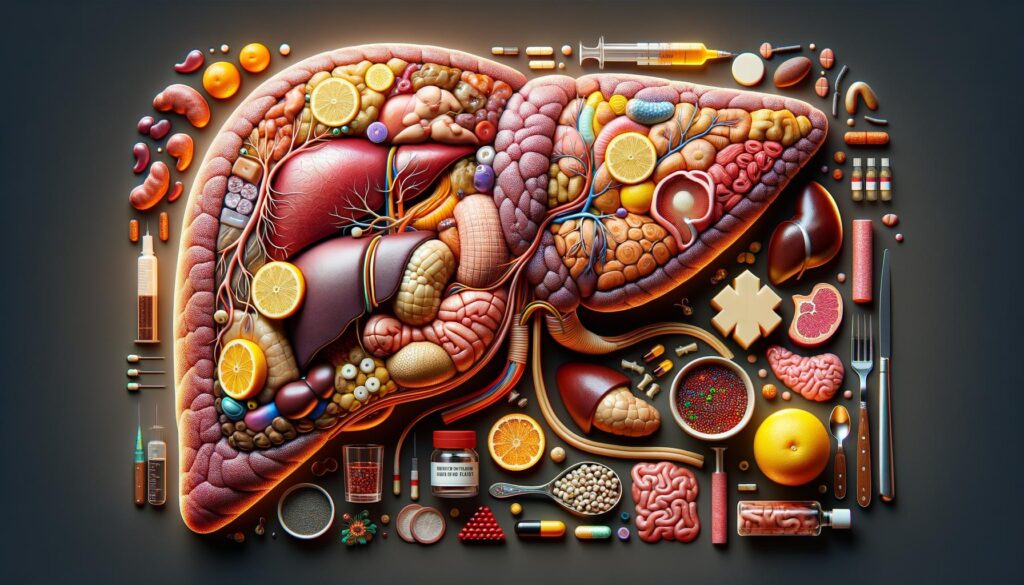Understanding the Signs of Fatty Liver: What to Look For

What is Fatty Liver?
Fatty liver, also known as hepatic steatosis, is a condition where excess fat accumulates in the liver cells. While having a small amount of fat in the liver is normal, too much can lead to liver inflammation and damage. Understanding the prevalence of fatty liver is crucial as it affects millions worldwide, often without showing immediate symptoms. There are two primary types: alcoholic fatty liver disease, related to heavy alcohol use, and non-alcoholic fatty liver disease (NAFLD), which can occur in those who drink little or no alcohol.
Common Symptoms to Watch Out For
Unfortunately, fatty liver often exhibits no symptoms in its early stages, earning it the nickname ‘silent disease.’ However, as the condition progresses, certain signs may become more evident. These include:
- Abdominal discomfort and fullness in the right upper section of the belly.
- Feeling fatigued or experiencing weakness.
- Unexplained weight loss or a lack of appetite.
- Dark patches on the skin, particularly on the neck or underarm area.
- Swelling in the abdomen or legs due to fluid retention, known as edema
Recognizing these symptoms early can lead to timely intervention, preventing progression to more severe liver damage.
Risk Factors Associated with Fatty Liver
Understanding the risk factors for fatty liver can help identify individuals who might be at higher risk. Key factors contributing to NAFLD include:
- Obesity, particularly excess belly fat.
- High triglyceride levels in the blood, which often correlates with diabetes and insulin resistance.
- Metabolic syndrome, a cluster of conditions that occur together, increasing the risk of heart disease, stroke, and diabetes.
- Poor diet, particularly one high in refined carbohydrates and saturated fats.
Taking steps to address these risks, such as regular exercise and a balanced diet, can mitigate the likelihood of developing fatty liver.
Importance of Early Diagnosis
Early detection of fatty liver is crucial for effective management. Diagnostic approaches typically include blood tests to evaluate liver enzyme levels, imaging tests like ultrasound or CT scans to visualize fat in the liver, and occasionally a liver biopsy to assess damage extent. Regular health check-ups can play a vital role in early diagnosis, particularly for individuals with risk factors. Diagnosing fatty liver early allows for interventions that can prevent permanent liver damage and improve the quality of life.
Lifestyle Changes as Effective Management
For those diagnosed with fatty liver, lifestyle changes are the frontline of effective management. Key strategies include:
- Weight loss, which can help reduce liver fat, fibrosis, and inflammation.
- Adopting a balanced diet rich in fruits, vegetables, and lean proteins.
- Regular physical activity to improve overall metabolism and reduce fat accumulation.
- Limiting alcohol consumption, especially critical for those with alcoholic fatty liver disease.
- Monitoring and managing blood sugar levels to prevent complications.
Implementing these changes can significantly reverse fatty liver’s effects and promote liver health.
Conclusion
Recognizing the signs of fatty liver is essential for preventing more serious liver diseases. By understanding the symptoms and risk factors, individuals can seek early diagnosis and engage in lifestyle changes that promote better liver health. As always, regular medical advice and check-ups are pivotal in managing and mitigating the risks associated with fatty liver.
